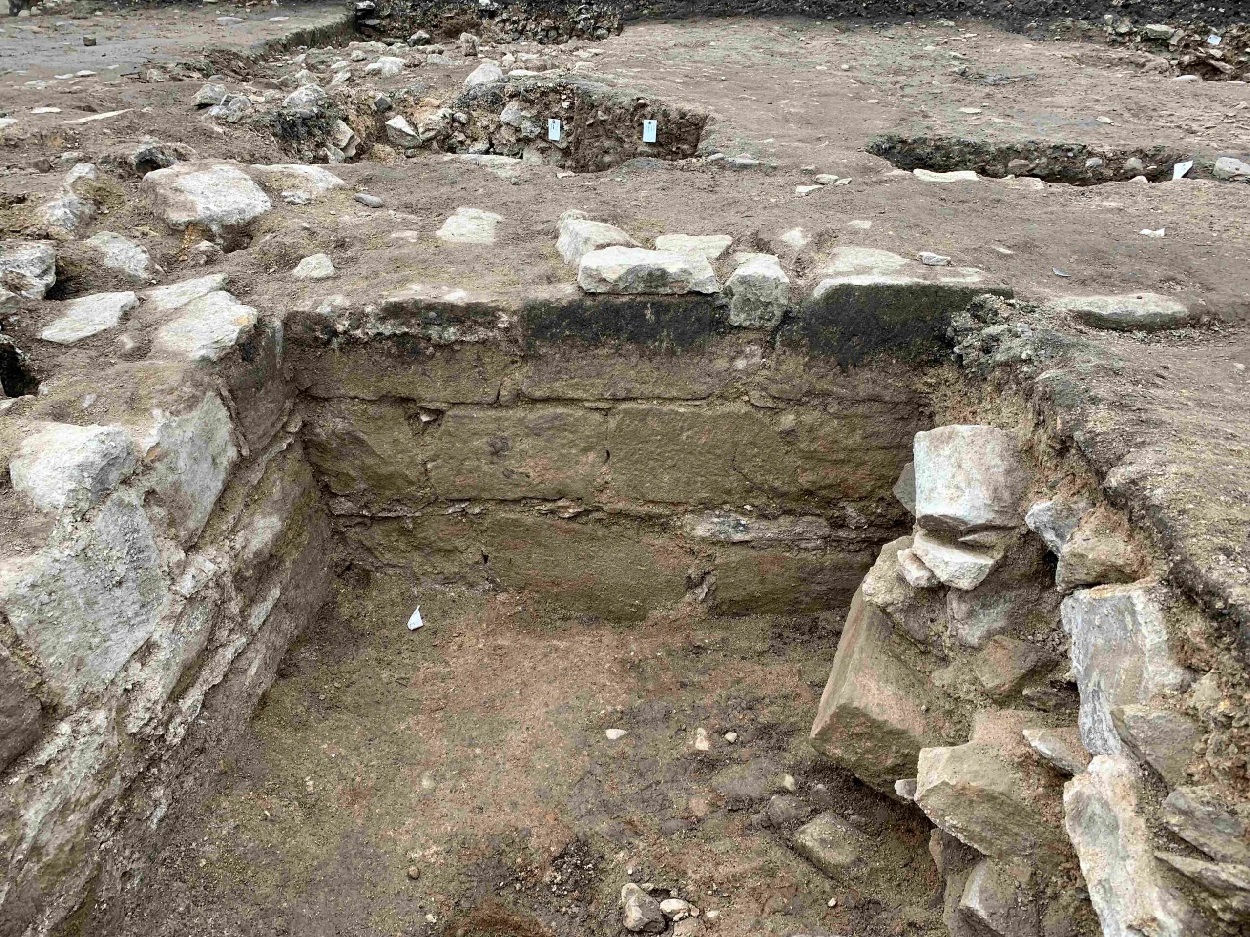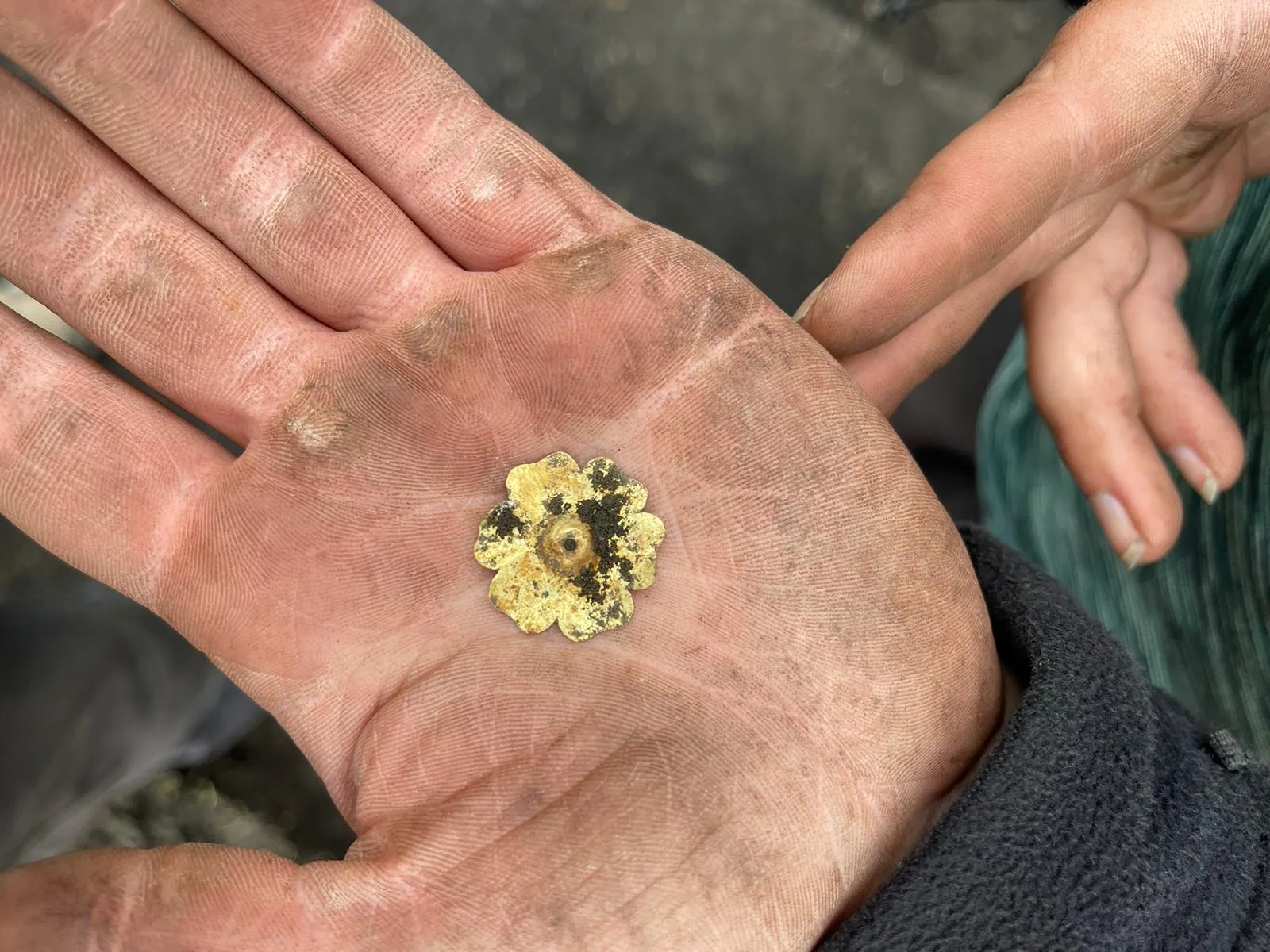Archaeologists from the Auckland Project are conducting excavations at Auckland Castle to unearth the home of Sir Arthur Haselrig, a leader of the Parliamentary opposition to Charles I.
Haselrig fought on the side of the Parliamentarian’s where he led a troop of cuirassiers known as the London lobsters. At the Battle of Cheriton, his troops successfully repelled Sir Henry Bard’s cavalry charge, significantly weakening the King’s western forces.
In the years after the English Civil War, a new Convention Parliament led to the proclamation of Charles II as King.
Those who had committed regicide against Charles I were hanged, drawn, and quartered, while Sir Arthur Haselrig was sentenced to life imprisonment in the Tower of London (where he died in 1661).
Following Sir Haselrig’s arrest, the new Bishop of Durham, John Cosin, demolished Haselrig’s home and rebuilt Auckland Castle as a Bishop’s Palace.
Archaeologists from the Auckland Project have uncovered a series of major walls, many of which are faced with large ashlar blocks and appear to be constructed from pieces of reused medieval masonry. Also unearthed are large cellars filled with rubble from the demolition of the higher portions of the walls.

According to the researchers: “We have at least seven major walls, which are still to be fully understood, but look to be part of a large rectangular building. We’re fairly sure this is Arthur Haselrig’s house.”
The team have also discovered architectural elements believed to be medieval, originating from the vault of Bek’s Chapel. These elements were embedded within the walls of Haselrig’s house, which was destroyed by gunpowder in the mid-1600s.
One of the most notable finds is a golden primrose flower discovered by a Durham University student. The flower is likely from a leather strap decoration that has been dated to between 1350 to 1500.
Header Image Credit : Jamie Armstrong
Sources : Auckland Project





